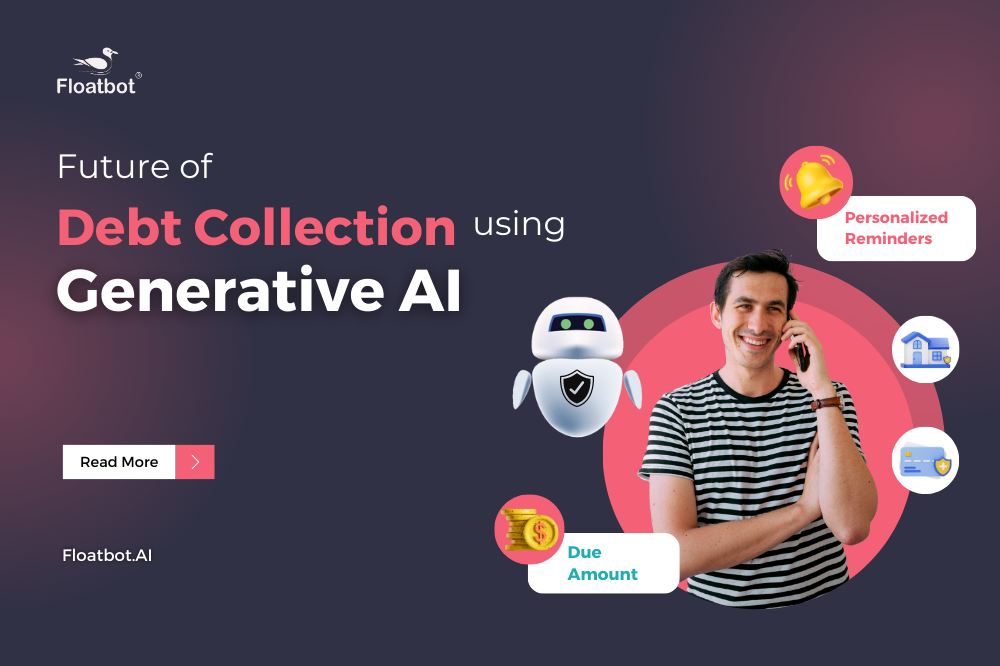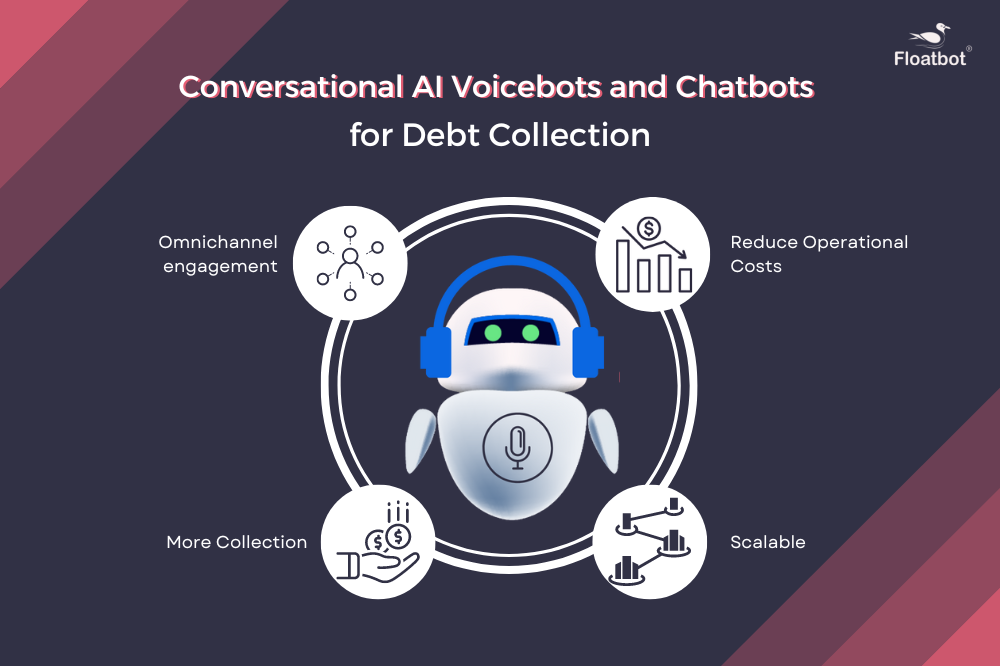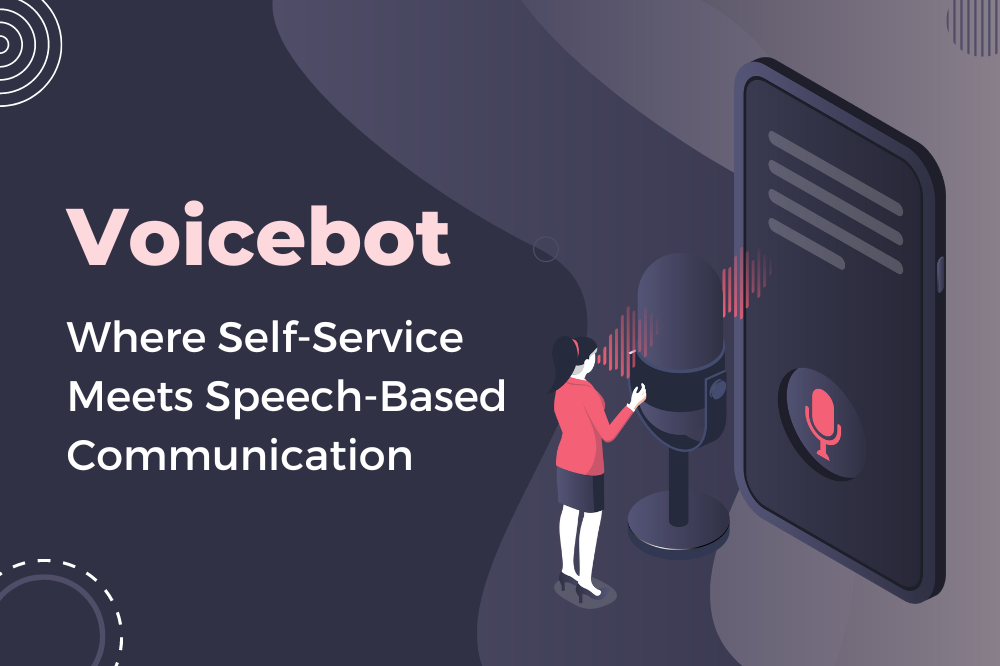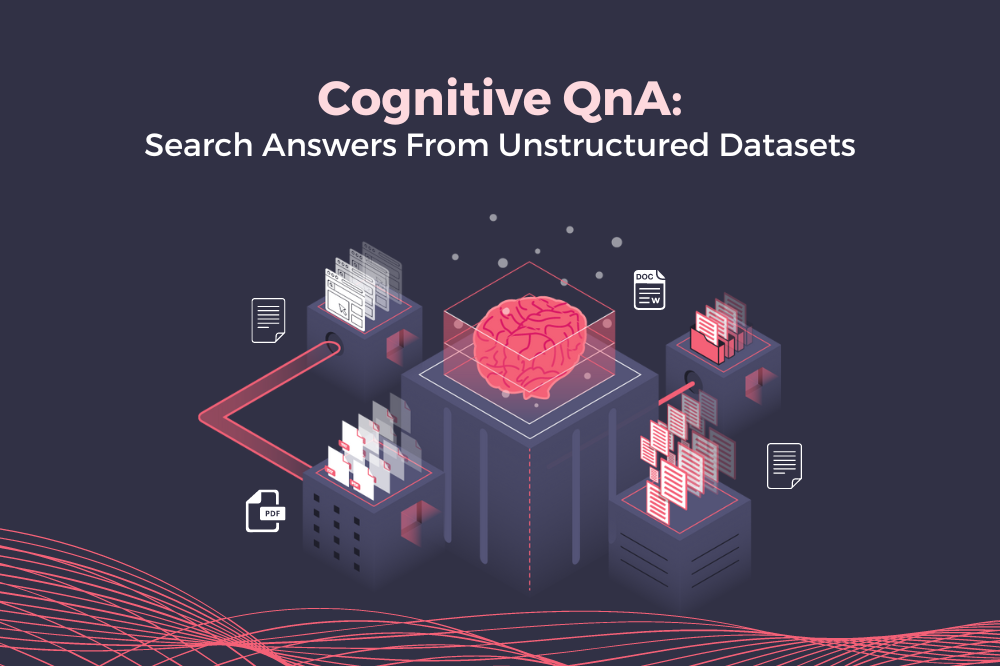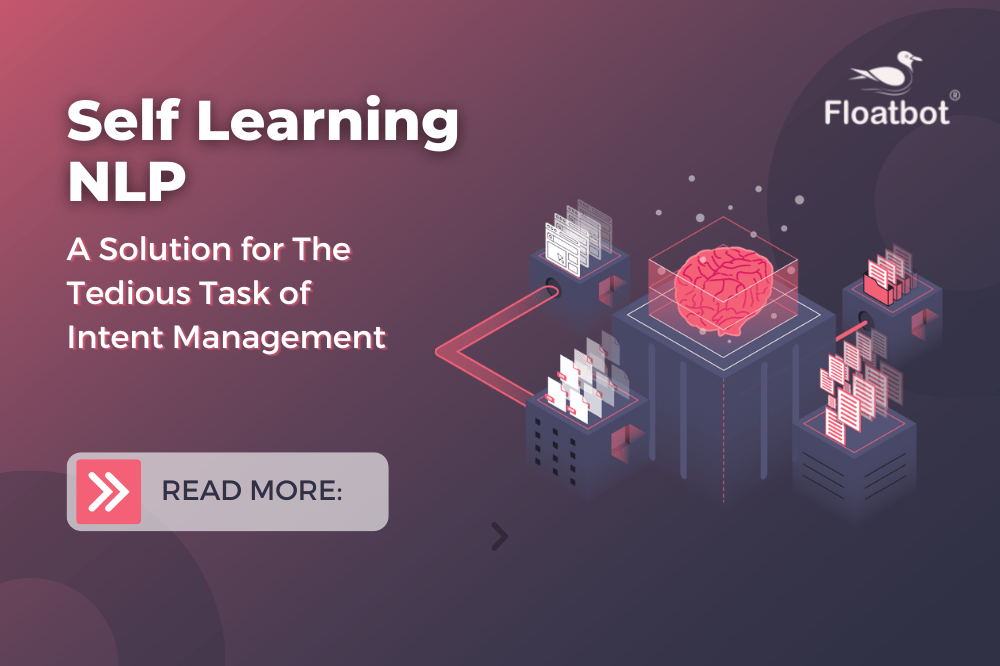How to choose the right Large Language Model (LLM) for your business?
Learn how LLMs work, how to choose the right one for your business success, and how to build your own LLM
- Nov 20 2024
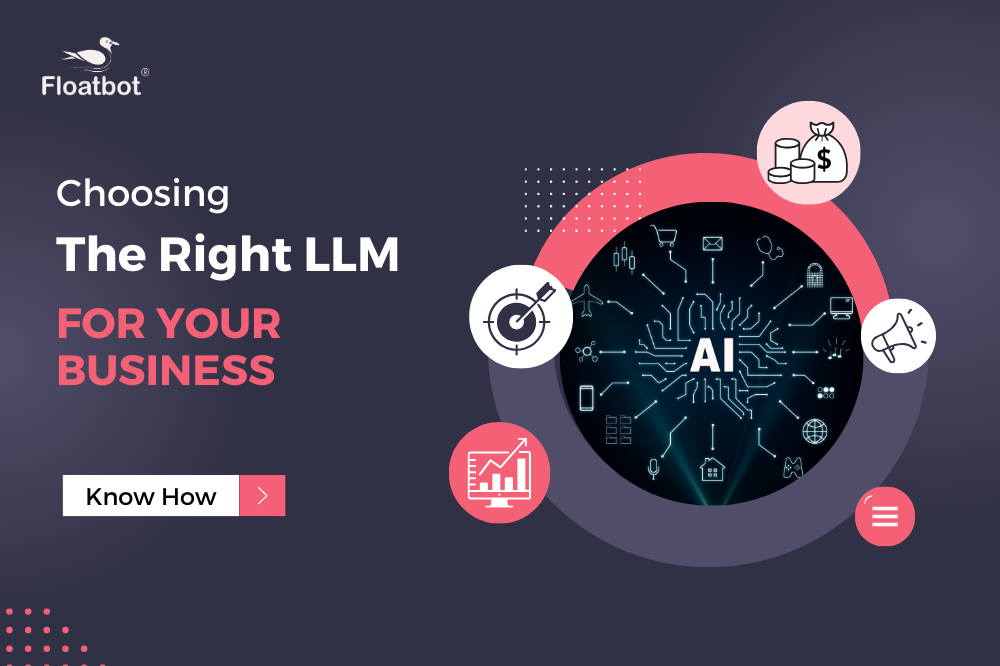
The impact of large language models (LLMs) in AI is a focal point these days. They are making strides everywhere due to their ability to learn patterns and links of language, and broadly, mimic human intelligence. They are being used in text summarization, content generation, speech recognition & synthesis, image annotation, coding, sentiment analysis, and the list goes on. Top global brands like Microsoft, Google, and IBM are employing LLMs for NLP, chatbots, content generation, and more. LLMs can be applied to a variety of use cases and industries such as healthcare (drug discovery), tech (data analysis), retail (product recommendations), and more. This is paving the way for innovative opportunities for businesses and freeing up personnel to focus on high-priority tasks that require human aptitude.
With that being said, not every LLM is right for your business. It will largely depend on your budget, business objectives, data availability, use case, latency, and lastly the future landscape of the LLM. So, how does an LLM work? And how to choose the right one that reinforces your products and services?
How do Large Language Models (LLMs) Work?
Large language models (LLMs) need to be trained before they can actually function. This is called pre-training. This phase is computationally expensive as it requires a large amount of unlabeled corpus. To be pre-trained, the LLM must be fed massive amounts of data. It can be codes, articles, tweets, transcripts, poems, web content, books, corporate data, etc. The more data is fed, the better it gets at producing quality content. Once the training phase is over, the LLM starts generating contextually relevant text.
On the plus side, an LLM can be fine-tuned after it is trained because knowledge is not static. This is called, well, fine-tuning. This way you can further upskill it on a specific dataset to execute a particular task or improve its overall performance. This is crucial for domain-specific understanding, task-specific adaptation, and personalization. This phase does not require large computational power.
This fine-tuning feature of LLM is what allows businesses to tailor it to their distinct needs, making them an important tool in a wide array of applications and scenarios.
This brings us to the next area of attention.
Recent Advancements - Extended Memory & Long Contexts
New advancements in LLMs now let them remember information from past interactions, almost like having a long-term memory (extended memory). So this makes them perfect for handling tasks that need multiple steps or personalized conversations over time. For instance if you're using an AI Agent for customer support, these models can remember what was discussed earlier. That means your customers won't have to repeat themselves, making the whole process smoother.
By 2025, it's expected that half of digital tasks will be automated using applications that rely on LLMs.
In addition, Long-context capabilities are worth mentioning. They are big help in insurance and banking - for example, they can process lengthy policy documents, underwriting guidelines, compliance regulations without losing track of critical details. Similarly in banking, they can analyze extended customer transaction histories or review complex loan agreements. Recent models are being designed with significantly larger context windows. For example, Gemini 1.5 offers a one million-token context window
With this ability LLMs can handle large amounts of text, find patterns and make useful connections without losing track of the details. For you, this means less time spent managing complex information. Whether it is remembering a customers preferences from earlier chats or reviewing an entire contract, these features make LLMs a smarter, more reliable tool for businesses. Learn more about Long contexts.
The Influence of LLMs on Business
Large language models (LLMs) are very versatile. Currently, the business applications of LLMs are wide-ranging, from stock trading to fraud detection. But for today, let’s focus on how it is used in customer support and experience and the banking and insurance sectors.
Customer Support & Experience
Understanding the complexities of human language and maintaining contextual awareness is not possible with traditional rule-based bots. But those days are gone, thanks to LLMs. When integrated with chatbots, LLMs can offer hyper-personalized responses to customers. Whether it's offering multilingual automated customer support or performing sentiment analysis to understand customer feedback, LLMs are shaping every aspect of customer support.
By making use of LLMs, chatbots can resolve issues, answer queries, provide product information, generate reports, and even help with transactions. For example, if a customer wants to book a flight, the LLM-powered chatbot offers personalized travel recommendations, flight options available, guidance on destination activities, etc.
Banking
Specific to banking, LLMs have proven to be disruptive, reshaping or breaking down traditional paradigms. To begin with, they have greatly enhanced customer support, providing accurate information quickly, troubleshooting common problems, and unburdening human agents to focus on high-priority tasks.
LLMs can personalize banking experiences for customers by gathering a large amount of customer data, and understanding their preferences and needs. As a result, banks are able to provide customers with tailored recommendations on loans, credit cards, budgeting and evaluating credit risk, and more. This creates a win-win scenario for both the customers (effective banking experience) and banks (effective sales and cross-selling).
Banking is considered to be the most regulation-intensive sector, making it crucial for financial institutions to preserve their reputation. In this regard, LLMs serve to pinpoint anomalies, enhance fraud detection and prevention, and offer real-time updates on compliance and regulatory changes.
Insurance
Labeled as ‘efficiency drivers’ by the Insurance Times, LLMs have emerged as strategic assets in the insurance sector.
Reducing waiting time is impossible if the responses provided to the customers are not accurate, concise, and quick. LLMs take care of this by addressing common queries, and reducing operational costs. Given the large amount of text processed during claims processing, LLMs handle the data to expedite the process, notably lightening the operational load.
Instead of sifting through documentation, human agents can streamline the policy-selling process by instantly getting factual answers with source links.
Filing claims, providing policy information, providing claims status updates as well as support are some of the ways LLMs have proved to be invaluable.
Let’s discuss how you can select the right LLM for your business.
How to Choose the Right LLM for your Business & Goals
Gpt-3.5, Gpt-4, Claude 3.5, PaLM 2, Gemini, Falcon, Mistral, Cohere, and LLaMA 2 are some of the most popular LLMs these days. Each has its own advantages and disadvantages. For example, Gpt-4 is very capable of advanced coding, complex reasoning understanding, and skills that can match human-level expertise and experience. Also, it's worth mentioning that Gpt-4 is one of the few models that can tackle hallucinations (when LLMs generate fictional or inaccurate content) significantly.
Gpt-3.5 is very fast, PaLM 2 is skilled in commonsense reasoning, Claude 3.5 can help you build efficient AI assistants, Cohere is corporate-centric and can be useful for gen AI use cases, Falcon is meant for commercial purposes, and LLaMA is best for fine-tuning.
But before considering anything, keep the following in check:
Budget Limits
First and foremost, find out how much you’re willing to spend on an LLM. Understand the cost structure if the model has usage-based pricing.
Business Goals
Identify the present and future objectives of your business. Make sure the LLM you choose can fulfill that. It should not only address it but also support your products and services.
Data Availability
Some LLMs require large datasets to be trained on while some will do great with smaller, enterprise-specific data. Determine the quantity and quality of the data you have at hand. This will play a crucial role in the results the LLMs produce.
Matches the Use of Case
What do you need the LLM for? Content generation, sentiment analysis, customer support, fraud detection? Select the one that aligns with your use case(s).
Latency Requirements
Faster inference time is vital in real-time applications. For example, if the LLM is going to help a human agent address a customer query, high-latency LLM models might not be the one for you. Consider the response times you need to address.
Future Landscape
How likely is the LLM to support you in dynamic industry changes or market shifts? Make sure you dig deep into the LLM provider’s future plans and how regularly the model receives updates. This will help you to stay relevant in the long term.
Apart from this, do consider the vendor’s reputation, the LLM’s ability to be seamlessly integrated with your existing infrastructure, the security standards of the LLM, and its ability to scale (to address the growing demands of your business).
“But, can I create my own LLM?” Yes, you can. Coming up next.
How to Build your own LLM?
Building an LLM from scratch is not an easy task. Also, creating an LLM is not a one-size-fits-all task. It will largely depend on the LLM’s intended purpose. Lastly, it will require vast computational power and proficiency in natural language processing (NLP) and machine learning. However, there are some general steps you can follow to build your own LLM:
Define Objectives
Clearly define the objectives of your LLM. What tasks do you want it to perform? What kind of language understanding do you need?
Data Collection
Gather a large and diverse dataset for training your model. The dataset should cover a wide range of topics and be representative of the language your model will handle.
Preprocessing Data
Clean and preprocess the data. This may include tasks such as tokenization, stemming, and removing irrelevant information.
Choose a Pre-trained Model (Optional)
Consider using a pre-trained language model as a starting point. Models like GPT (Generative Pre-trained Transformer) by OpenAI are often used as a foundation for fine-tuning for specific use cases.
Architecture Selection
Choose the architecture of your model. Transformer architectures, like those used in GPT, have been highly successful for language tasks.
Model Training
Train your model using the preprocessed data. This step requires powerful hardware and may take a significant amount of time.
Fine-tuning (Optional)
If you start with a pre-trained model, you can fine-tune it on a more specific dataset related to your task or domain.
Evaluation
Evaluate the performance of your model on a separate dataset to ensure it generalizes well to new data.
Deployment
Deploy your trained model for inference. This may involves integrating it into a web application, mobile app, or other systems.
Iterative Improvement
Continuously monitor and improve your model's performance. This may involve updating the model with new data or fine-tuning based on user feedback.
Floatbot.AI
Floatbot offers an intuitive platform that will let you build, deploy and manage LLM-powered Chat & Voice AI Agents. Whether you’re looking to enhance your customer support, drive sales, or empower human agents with the help of smart digital workers, we have got the right solution for you. Our end-to-end solutions seamlessly integrate into your workflow.
Join customers who have increased their CSAT by 80% and reduced operational costs by 45%.
Reach out to us or start your free trial to see our solutions in action.



